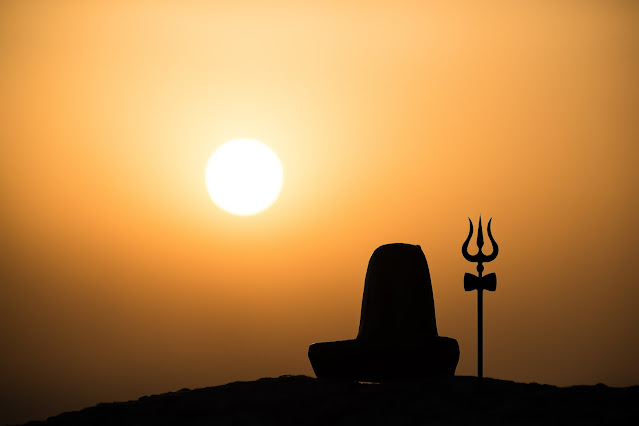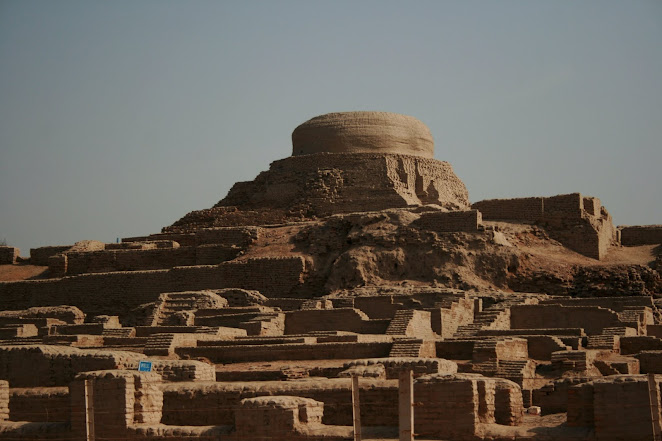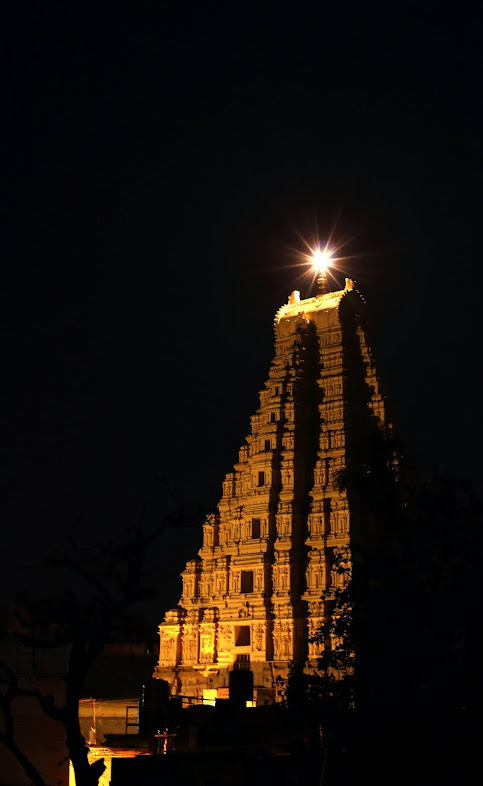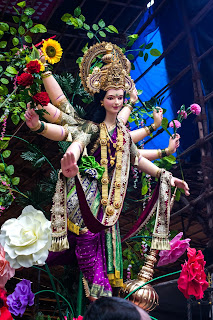Who Was Aditya Karikalan? The Shadowy Legacy of a Chola Hero

The Chola dynasty stands tall in the annals of South Indian history, boasting emperors like Rajaraja Chola I whose reigns glittered with conquest and cultural brilliance. Yet, there exists a lesser-known figure, a prince whose bravery and potential flickered brightly before being extinguished – Aditya Karikalan Chola, Rajaraja's elder brother. Aditya Karikalan's life, though brief, was a testament to valour. Credited with leading the Chola forces to victory against the Pandyas at the Battle of Chevur, he cemented his reputation as a skilled military leader. Legends whisper of him vanquishing the Pandya king Veerapandyan himself, a feat that solidified Chola's dominance in the region. But Aditya Karikalan's legacy extends beyond the battlefield. Historical hints suggest he was designated heir apparent, bypassing another with a stronger claim. This speaks volumes of the respect he commanded within the Chola family, a testament to his leadership qualities that marked him...




